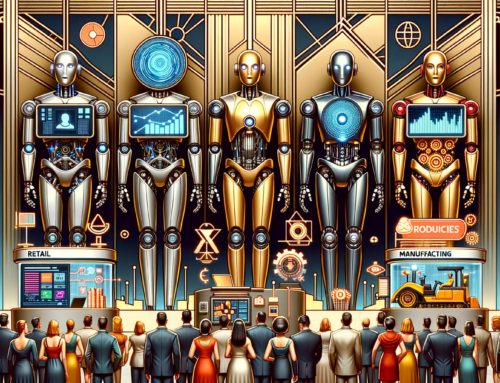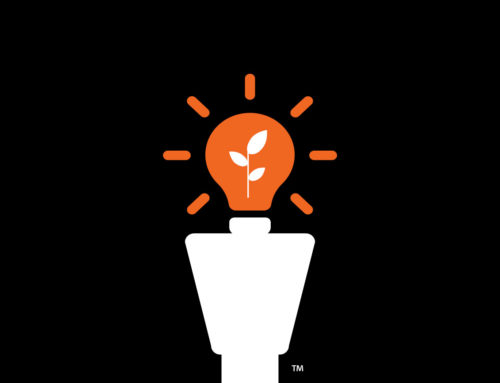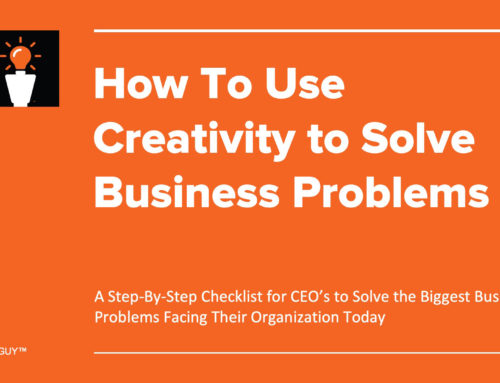What’s Your Problem?
Understanding how to identify the real problem to solve in a crisis.
Understanding how to identify the real problem to solve in a crisis.
The Idea Guy • April 4, 2020
The critical part of solving a problem today is knowing that you’re working on the right problem.
As a veteran problem solver, I’ve worked with leadership and management from a lot of different types of companies: B2B, B2C, Nonprofits, NGOs. From startups to enterprises, I’ve been responsible for creating new ideas that solve their business problems and have gained great insights as to why they win, and why they fail.
From 10 to 10,000, the number of employees has had less to do with their success, and more with someone in charge knowing what the problem was that they needed to solve.
A leader identifies an objective. A manager provides scope. A director shares a vision for products. Each identifies a problem then provides direction, literal or implied, that gets people moving: i.e., “We’re going that way!”
Even though it’s likely an educated assumption, or experienced reaction, it does assume they know what the problem really is.
In most cases, they don’t. According to Harvard Business School, there are over 30,000 new products introduced every year, and 95 percent of them fail.
In most cases, their real problem does not get resolved, so they fail. It may be impacted, to some notable degree, but most business problems do not get solved using standard business practices.
From my point of view – an outside expert looking in – the problem isn’t that the people inside their organizations aren’t trying, it’s that they’re working on the wrong problem.
This lesson is best represented by Indiana Jones: e.g., Bellack is the bad guy, his version of the staff is too long, therefore, he’ll never find what he’s looking for because, “they’re digging in the wrong place!”
Today, I see businesses wasting time, resources and morale coming up with new ideas that are not solving their problem. Under our evolving new business reality dealing with Coronavirus, everything is new again: the business you are in, the way you operate, the customers you engage.
As a C-suite consultant, I see the toll it takes on management every week: things have changed dramatically, the company is on the line and time is running out. As the outsider working inside, I’m hearing the frustration from staff who had no input on direction, and are losing hope that the change they need will ever happen.
What I do see work today is a facilitated collaboration between people involved with the problem supported by online tools. Sharing points of view, with online meetings collaborate on a formal creation of a Problem Statement to lead their work: a single statement that optimistically addresses how might we; help who, do what, to achieve goals.
How Might We is about potential.
It takes an open mindset to solve a problem that hasn’t been solved. This means that we suspend judgment, and we increase observation, paying attention to things we stopped paying attention to, or never bothered to see. We challenge the knowledge we already have because sometimes we know too much, or stopped learning when we achieved a certain level of success.
Help Who is about the people involved in the problem.
A solution to the problem requires an understanding of the people the problem impacts, in one way or another; clients, customers, partners, agencies, associations. There’s always more people than you think, if you think about it. Understanding all of their points of view is critical in gaining a better understanding of the real problem. Doing so thoroughly helps to build empathy, i.e, an emotional understanding of the people involved turning team members into advocates.
Do What is about what you want them to do.
Different people within the problem will need to do different things in order for a problem to be resolved. Often, there is more than one problem that needs to be addressed, and often they can’t be addressed at the same time. Prioritizing problems provides a road map for forward progress, and helps people understand where their priorities are being addressed, increasing the likelihood that they contribute now to help achieve your goals.
Achieve What Goals is about measuring progress towards a solution.
Every investment of resources should generate a return. In order to measure the impact, we include some type of metrics within the problem statement to provide a baseline or goal. Increase revenue by x percent, decrease costs by Y percent, extend customer relationships Z times as long; something that establishes direction, and how much work needs to be done.
When we’ve put the pieces together, we can clearly state, “How might we | help business leaders | better understand how to identify their real problems | in order to save time, save money, and solve their business problems.”

Add Fire to create engagement.
A proper Problem Statement is an accomplishment, and just because you tell people that you have a problem doesn’t mean they’re going to help you solve it. Even if they work on your team or under your employ, people need to understand the impact, and how it relates to them, in order to evaluate their level of engagement. There’s a big difference between signing up and leaning in, so look at the words selected, and the context from which the problem is presented in order to make the biggest impact with your potential participants.
Once wordsmithed, the Problem Statement provides a North Star for everyone involved to move forward, together, and a compass that helps decide, “Is what we are about to do going to bring us closer to, or farther away, from our goals?”

It’s not the end of the world, but it is the end of business as usual. Nothing in your playbook has prepared your organization for these circumstances. This new reality requires a proven approach to identifying the real problems ahead. Creativity and innovation is the new norm, and I can lead the way.
Make sense? Have questions? Contact me via phone or email, or schedule a quick meeting using Calendly.





